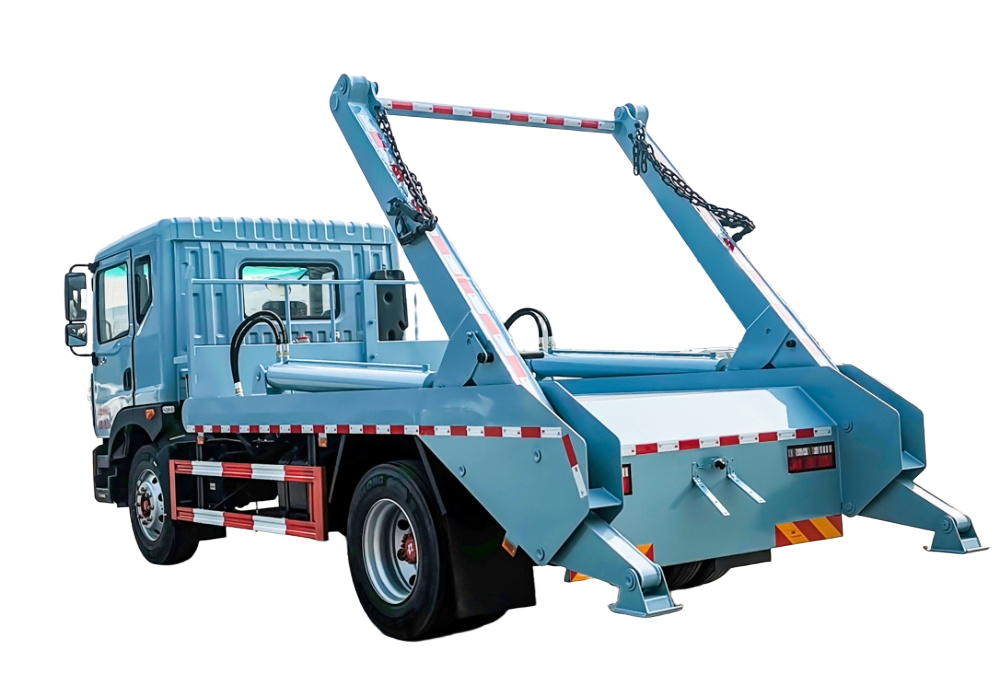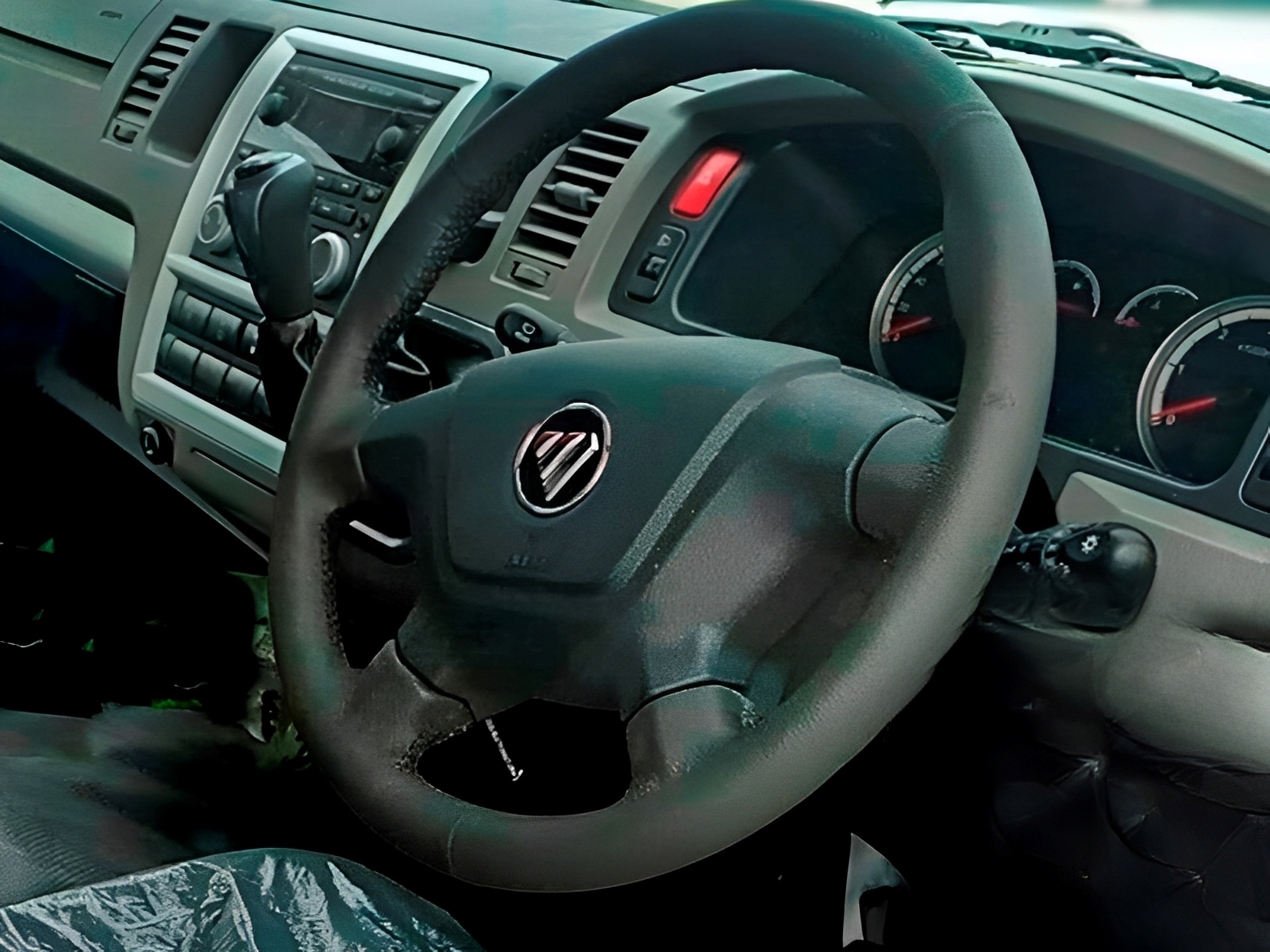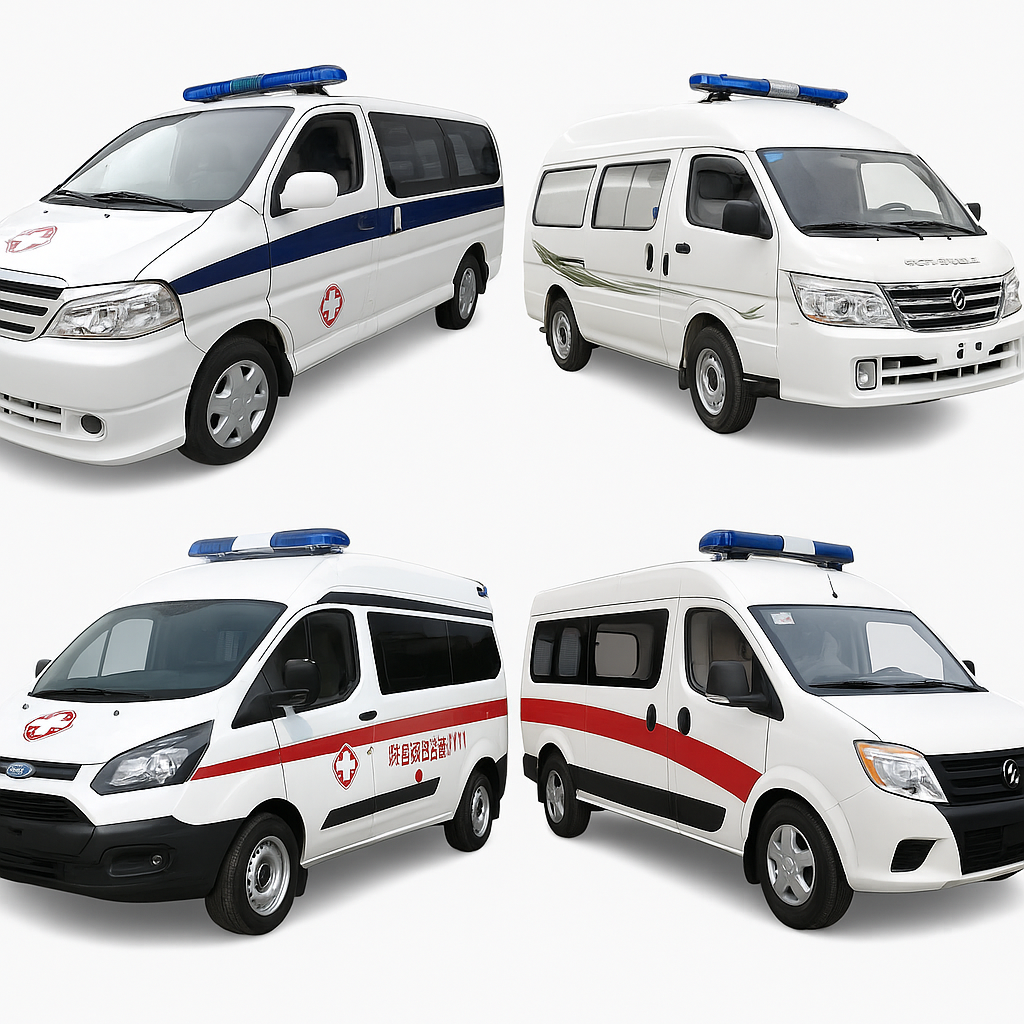Aluminum vs Steel Bodies: How to Choose the Right Material for Special Vehicle Construction
Aluminum versus steel body construction represents critical engineering decisions for special vehicle durability and performance, yet selecting optimal material technology demands careful evaluation of 7 decisive factors. This comprehensive comparison analyzes weight reduction (aluminum 40% lighter), corrosion resistance, manufacturing cost, repair complexity, strength characteristics, thermal properties, and lifecycle value.
While both materials enable robust vehicle construction, aluminum bodies excel in weight savings and corrosion resistance, whereas steel construction dominates in cost-effectiveness and repair simplicity. We dissect critical trade-offs—from payload capacity improvements to maintenance requirements—using engineering data from 20,000+ vehicle bodies across diverse applications and climate conditions.
Whether prioritizing aluminum’s 2,000-pound weight advantage or steel’s proven durability, our material analysis equips you to select the optimal construction approach. As China’s leading special vehicle manufacturer with extensive materials engineering experience, Chengli Group provides uniquely qualified insights into body construction optimization.
Weight and Performance Impact Analysis
Material selection fundamentally impacts vehicle payload capacity, fuel efficiency, and handling characteristics across diverse operational requirements and regulatory constraints.
Aluminum Weight Advantages
Aluminum construction delivers 35-45% weight reduction compared to equivalent steel structures, providing significant operational benefits through improved payload capacity and fuel economy.
Performance Benefits: Weight reduction enables increased payload capacity of 1,500-3,000 pounds depending on vehicle size, improved fuel economy of 8-12%, and enhanced handling characteristics. Applications include:
- Fire trucks requiring maximum water and equipment capacity
- Waste collection vehicles maximizing payload within weight limits
- Aerial platforms improving stability through lower center of gravity
- Emergency vehicles requiring rapid acceleration and response capability
Regulatory Advantages: Reduced vehicle weight enables compliance with bridge weight limits and road restrictions while maintaining maximum operational capability and equipment capacity.
Steel Structural Strength
Steel construction provides exceptional strength and impact resistance through proven metallurgy and established fabrication techniques delivering robust structural integrity.
Strength Characteristics: Steel offers superior tensile strength (50,000+ PSI typical) and impact resistance enabling robust construction for demanding applications. Benefits include:
- Exceptional durability under heavy use and abuse
- Proven long-term structural integrity and reliability
- Superior impact resistance for emergency vehicle applications
- Established repair techniques and widespread service capability
Fabrication Flexibility: Steel enables complex forming and welding operations with standard equipment and widely available fabrication expertise.
Corrosion Resistance and Environmental Durability
Aluminum Corrosion Immunity
Aluminum construction provides exceptional corrosion resistance through natural oxide coating formation, eliminating rust concerns and extending service life in harsh environments.
Environmental Benefits:
- Natural corrosion resistance eliminates rust formation
- Superior performance in marine and salt spray environments
- Chemical resistance to road salt and deicing compounds
- Reduced maintenance requirements for exterior protection
Lifecycle Advantages: Aluminum bodies maintain structural integrity and appearance throughout 20-25 year service life without corrosion-related deterioration or structural weakening.
Steel Corrosion Protection Requirements
Steel construction requires comprehensive corrosion protection through advanced coating systems and regular maintenance to achieve acceptable service life in corrosive environments.
Protection Systems:
- Multi-stage coating processes including zinc phosphate primer
- Electrostatic powder coating for enhanced durability
- Regular inspection and touch-up maintenance requirements
- Environmental protection through proper storage and operation
Maintenance Considerations: Steel bodies require ongoing corrosion protection maintenance including coating inspection, damage repair, and preventive treatment applications.
Manufacturing Cost and Value Analysis
Steel Cost Advantages
Steel construction typically costs 20-30% less than equivalent aluminum fabrication due to material costs, tooling requirements, and manufacturing complexity.
Cost Factors:
- Lower raw material costs for structural steel components
- Standard fabrication equipment and welding techniques
- Widely available manufacturing expertise and capability
- Established supply chains and material availability
Economic Benefits: Steel construction enables cost-effective vehicle pricing while delivering proven structural performance and established service capability.
Aluminum Investment Justification
Aluminum construction commands premium pricing but delivers operational benefits that may justify additional investment through fuel savings and increased payload capacity.
Value Proposition:
- Fuel economy improvements over vehicle lifetime
- Increased payload capacity generating revenue opportunities
- Extended service life through corrosion resistance
- Enhanced resale value and lifecycle cost benefits
Repair and Maintenance Complexity
Steel Repair Accessibility
Steel construction enables straightforward repair using standard welding equipment and widely available materials, with repair capability at most commercial service facilities.
Repair Advantages:
- Standard welding equipment and techniques
- Widely available replacement materials and components
- Local service capability at commercial facilities
- Cost-effective repair and modification procedures
Field Repair Capability: Steel structures enable field repair using portable welding equipment and standard materials for emergency service restoration.
Aluminum Specialized Requirements
Aluminum repair requires specialized equipment, techniques, and materials with limited service facility capability and higher repair costs.
Repair Considerations:
- Specialized aluminum welding equipment and expertise required
- Higher material costs for replacement components
- Limited service facility capability for major repairs
- Potential for galvanic corrosion with dissimilar materials
Service Network: Aluminum repair capability concentrated in specialized facilities requiring transportation and extended service intervals for major repairs.
Thermal Properties and Operational Characteristics
Aluminum Thermal Management
Aluminum provides excellent thermal conductivity enabling effective heat dissipation from equipment compartments and improved temperature control.
Thermal Benefits:
- Rapid heat dissipation reducing equipment operating temperatures
- Improved thermal management for electronic components
- Enhanced operator comfort through temperature control
- Reduced cooling system requirements and energy consumption
Steel Thermal Characteristics
Steel construction provides thermal stability with lower thermal expansion and established insulation techniques for temperature-sensitive applications.
Temperature Stability:
- Lower thermal expansion reducing dimensional changes
- Proven insulation and thermal barrier techniques
- Stable performance across temperature extremes
- Established thermal management solutions
Strength-to-Weight Ratio Comparison
Aluminum Engineering Advantages
Aluminum delivers exceptional strength-to-weight ratio enabling lightweight construction without compromising structural integrity or safety performance.
Engineering Benefits:
- High strength-to-weight ratio enabling optimized design
- Excellent fatigue resistance for cyclic loading applications
- Superior vibration damping characteristics
- Enhanced crash performance through controlled deformation
Steel Absolute Strength
Steel provides maximum absolute strength enabling minimum material thickness and simplified structural design for demanding applications.
Strength Characteristics:
- Maximum absolute strength per unit area
- Proven performance under extreme loading conditions
- Simplified structural design through high strength capacity
- Established engineering data and design standards
Decision Framework: Choosing Your Optimal Material
Aluminum Construction: Ideal Applications
Best suited for operations prioritizing:
- Maximum payload capacity and fuel economy
- Corrosion resistance and extended service life
- Weight-sensitive applications and regulatory compliance
- Premium performance and operational efficiency
Optimal scenarios include:
- Coastal operations with salt spray exposure
- Maximum payload requirements within weight limits
- Fuel-sensitive operations prioritizing economy
- Premium applications justifying material investment
Steel Construction: Strategic Advantages
Preferred for operations emphasizing:
- Cost-effective construction and proven durability
- Simplified repair and maintenance capability
- Maximum absolute strength and impact resistance
- Standard fabrication and widespread service support
Ideal applications include:
- Budget-conscious procurement requiring cost control
- Rural operations with limited specialized service access
- Heavy-duty applications requiring maximum strength
- Organizations with established steel service capability
Total Cost of Ownership Analysis
20-Year Lifecycle Comparison:
Aluminum Body TCO:
- Initial premium: $15,000-$25,000 additional cost
- Fuel savings: $18,000-$35,000 over service life
- Payload revenue: $5,000-$15,000 additional capacity value
- Maintenance savings: $3,000-$8,000 corrosion protection
- Net 20-year benefit: $11,000-$33,000 positive ROI
Steel Body TCO:
- Lower initial cost: $15,000-$25,000 savings
- Standard fuel consumption: Baseline operating cost
- Corrosion protection: $3,000-$8,000 additional maintenance
- Repair accessibility: Lower service costs
- Net 20-year cost: Competitive with aluminum considering all factors
Ultimately, aluminum construction excels for weight-sensitive applications prioritizing fuel economy and corrosion resistance, while steel construction serves cost-conscious operations requiring proven durability and service accessibility. Your ideal choice depends on whether operational efficiency and lifecycle benefits (aluminum) or cost-effectiveness and service simplicity (steel) aligns with organizational priorities.






